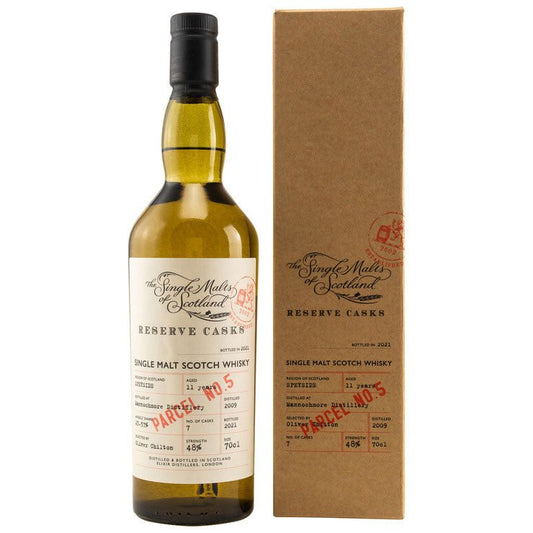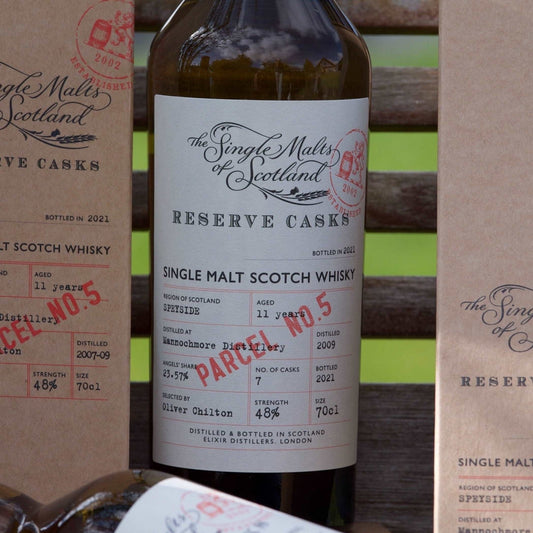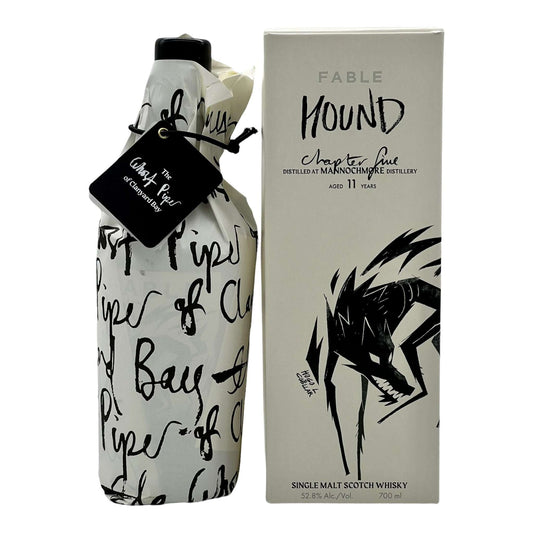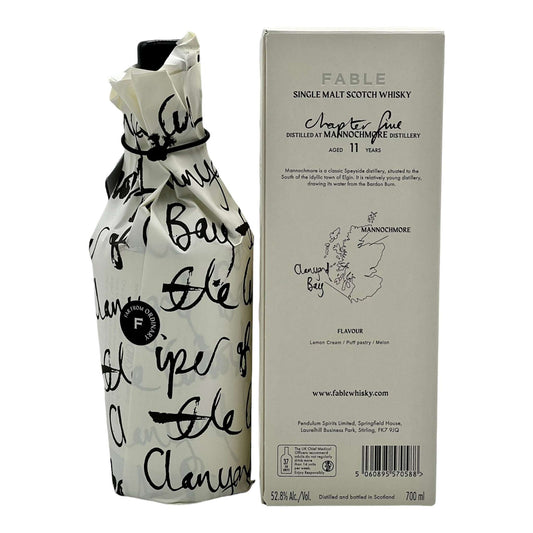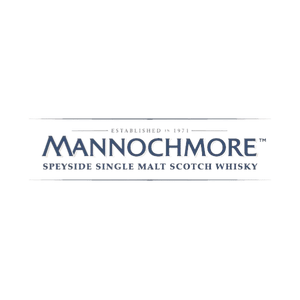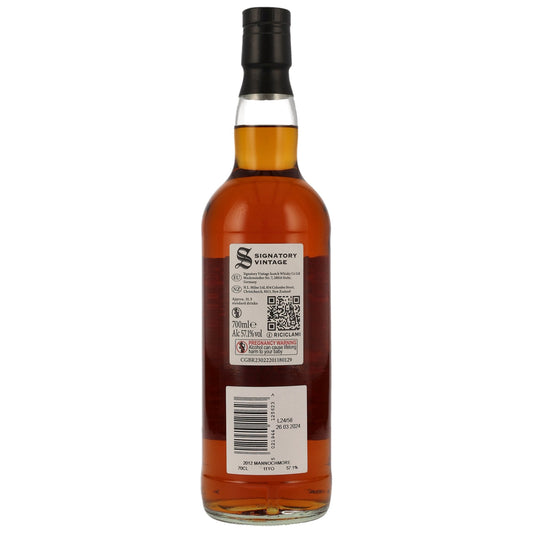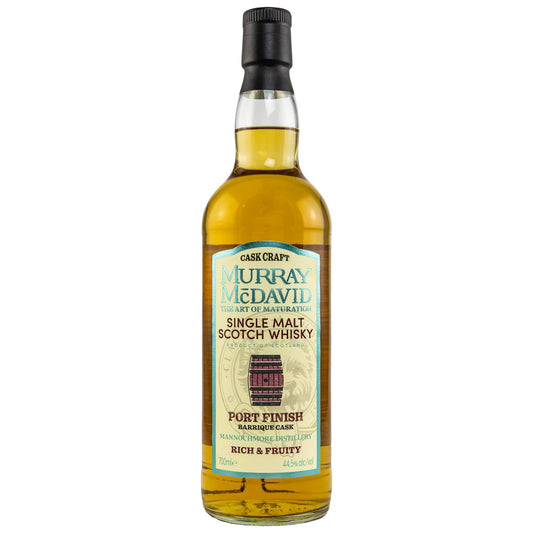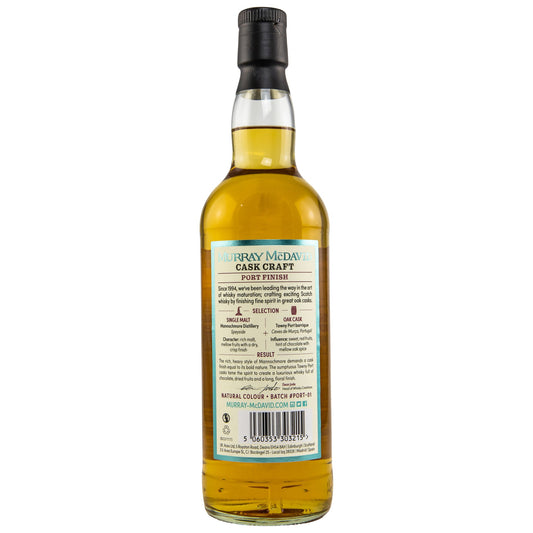The Mannochmore distillery was founded in 1971 by John Haig & Co. and is located near Elgin in the Speyside region. Initially, it was built to meet the increasing international demand for blended whiskies and was closely associated with brands such as Haig and Dimple. The distillery was mothballed several times, particularly during the whisky crisis of the 1980s, and resumed production in 1989.
Mannochmore is known for its light and fruity single malt, often appearing as a 12-year-old expression in Diageo's Flora & Fauna range. One of the most famous releases is the Loch Dhu, also known as "black whisky," noted for its nearly black color due to the use of caramel. Despite initial controversy, this whisky has achieved cult status among collectors.
The distillery has a production capacity of 3.2 million liters per year. Mannochmore shares its water source, the Bardon Burn, with the neighboring Glenlossie distillery. The distillery uses unpeated malt sourced from the Elgin area and produces with six stills, each having a traditional Speyside shape.
Mannochmore whiskies are known for their clear and fruity aromas, resulting from long fermentation and high copper contact during distillation. Typical flavor notes include vanilla, apple, dark chocolate, and spices. Older expressions and independent bottlings, such as those by Signatory and Gordon & MacPhail, are highly valued by connoisseurs.
In recent years, the distillery has made significant investments to expand its production capacity to meet the demands of Diageo's large blended whisky brands like Johnnie Walker. Today, Mannochmore is an essential component of many blended whiskies while also offering an intriguing range of single malts for enthusiasts and collectors.
